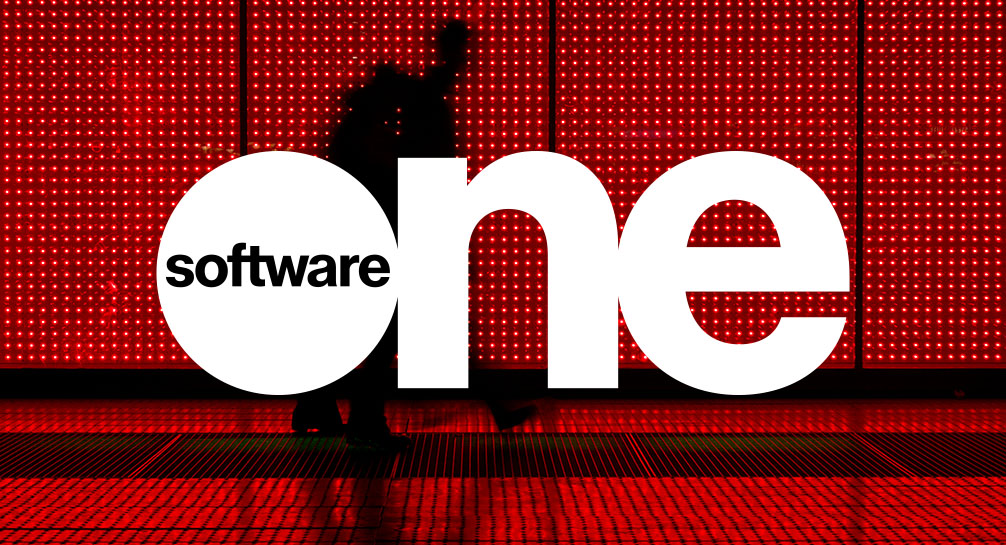Key challenges for endpoint security
Endpoints are any device that connects to a corporate network, including:
- Laptops
- Smartphones
- Tablets
- Printers
- Network devices (routers, switches)
One of the biggest endpoint security challenges facing modern organizations is the employee-owned device. Traditionally, organizations created Bring Your Own Device (BYOD) policies that governed how employees could use or not use their personal devices for work. However, between remote work and increased connectivity, these policies are no longer sustainable.
Understanding some of the key challenges that employee devices cause can help organizations mitigate the risks associated with them. Let’s dive in.
Data loss
When employees use their own devices, organizations lose control over how the employees interact with their cloud resources. For example, a worker may use their device to download sensitive documents from a cloud application. Without advanced endpoint security, your organization would no longer know what happens to that information – and that’s a problem.
When organizations are unable to control and monitor the flow of sensitive data, they introduce new risks. For example, if an employee’s device has spyware on it, the document could be intercepted, leading to a data breach. Alternatively, if the organization doesn’t pay close attention to how that document is shared, the employee might accidentally leak the data or otherwise use it inappropriately.
Remote work
In the aftermath of the COVID-19 pandemic, remote work will likely remain despite the security risk. In fact, 80 percent of CEOs plan to allow employees to work remotely, at least occasionally. The reasoning is simple: employees like it, and it can save the organization money. However, from an endpoint security standpoint, it comes with several risks.
Whether employees work from home or "from anywhere," their devices likely connect to public and personal wireless networks that lack the corporate network’s robust security controls. This means that threat actors simply need to engage in a man-in-the-middle attack to steal data or credentials. Without endpoint security, an employee’s trip to the local café could result in huge monetary losses.
Mobile devices
Whether organizations want to allow employees to use them or not, mobile devices are here to stay. Malicious actors have become wise to this as there is now a wide selection of malware designed for every mobile device imaginable. Unfortunately, many network security solutions don’t account for this expanded risk.
With many employees using their mobile devices every day, they are at a higher risk of infecting their devices with malware. If an infected device connects to a resource on an organization’s network, a malicious actor would have a clear path to gain unauthorized access to sensitive data and resources. From there, they can begin to wreak havoc with more advanced attacks, such as ransomware.


